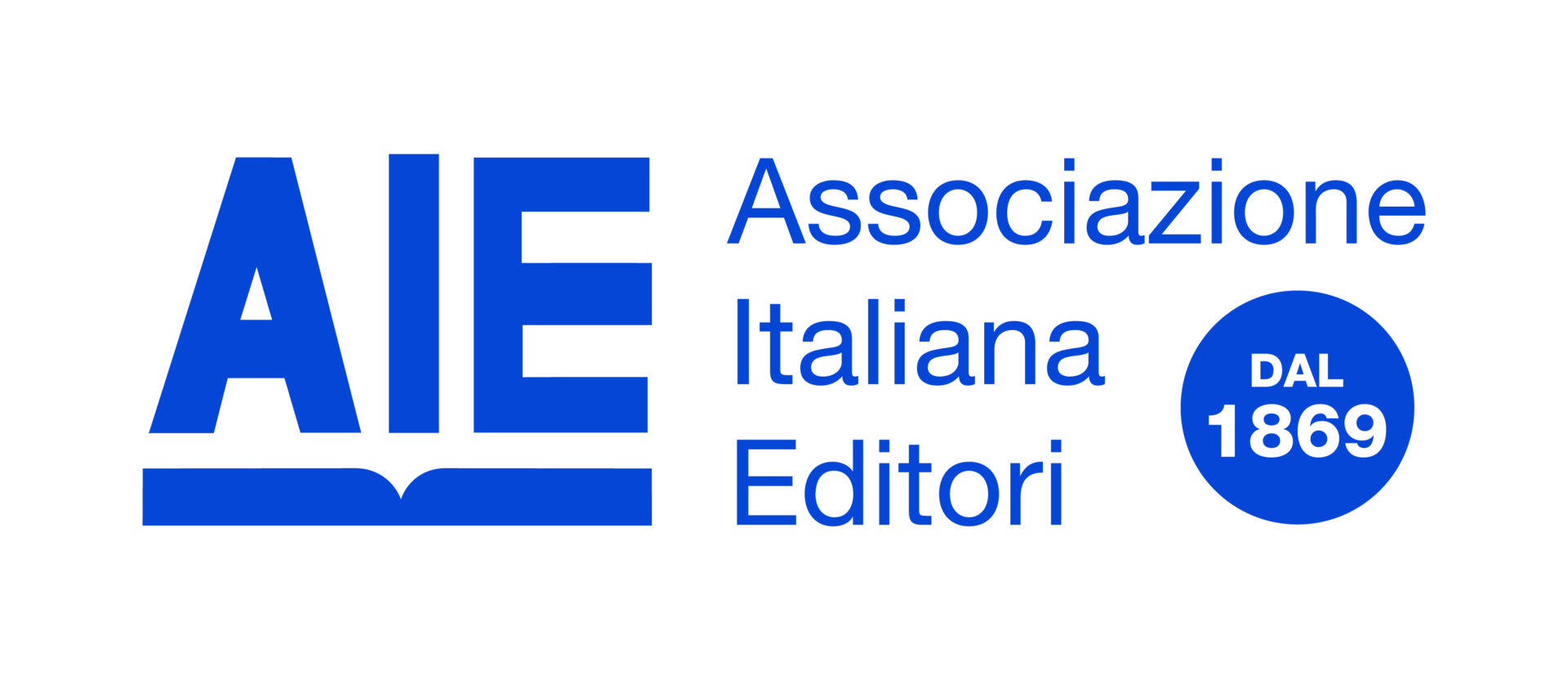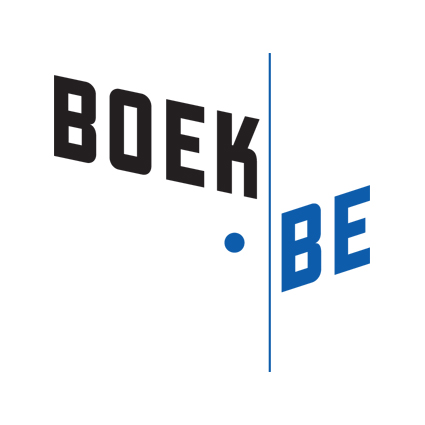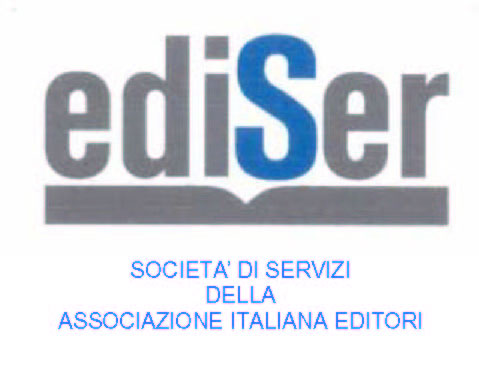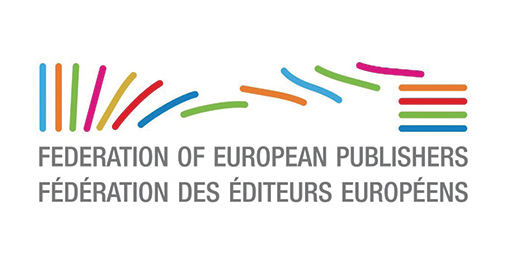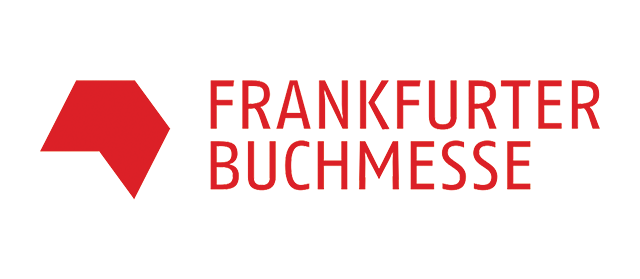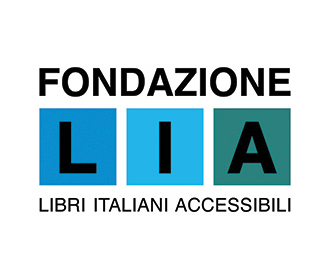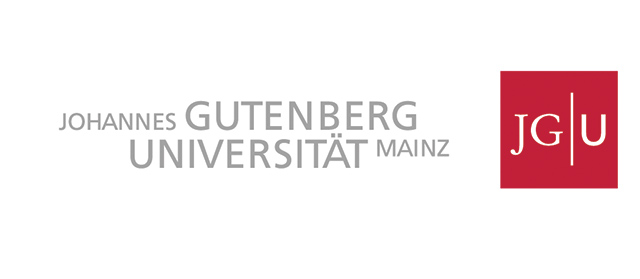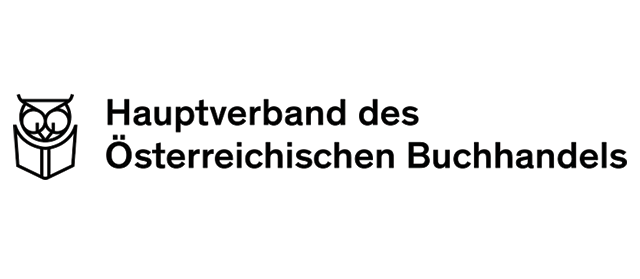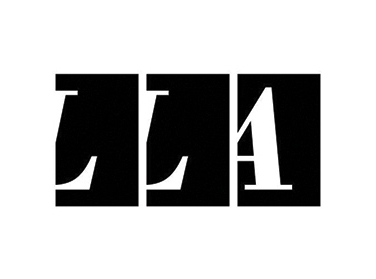Talk by Jörg Engelstädter and Rachel Martin
[This article is part of a series devoted to the analysis of scenarios, tools and processes necessary to manage a book value chain that works with environmental sustainability criteria].
As part of a meeting focused on the sustainability in the publishing industry processes (organized by FGSR), Jörg Engelstädter and Rachel Martin presented the Publishing 2030 Accelerator initiative, focusing on reducing carbon pollution from publishing processes. The initiative was born out of a need to address sustainability in an industry traditionally resistant to change.
The Publishing 2030 Accelerator represents a pivotal step towards transforming the publishing industry’s approach to sustainability. By bridging knowledge gaps, fostering global collaboration, and promoting actionable insights, the initiative aims to empower publishers to reduce their carbon footprint while maintaining the cultural and economic significance of printed books.
Objectives, structure and implementation
The project aimed to gather passionate industry stakeholders to delve deep into three primary work streams identified through industry feedback:
- Environmental impact assessment: Determining the carbon footprint of books to inform sustainable production practices.
- Distributed printing (Print on Demand): Exploring the potential of localized printing to minimize carbon emissions associated with global distribution.
- Embedding sustainability in operations: Integrating sustainable practices into daily publishing operations without compromising profitability.
Engelstädter and Martin outlined the methodology developed to assess the carbon footprint of books. They highlighted key challenges such as the lack of standardized data across the industry and the need for inclusive, international methodologies. The approach aimed to provide a reliable yet practical framework for publishers of all sizes to calculate and communicate their environmental impact effectively. The presenters showcased a free tool developed as part of the initiative, which allows publishers to calculate the carbon footprint of their books using standardized metrics. This tool is designed to facilitate informed decision-making across various publishing functions, integrating sustainability into everyday discussions alongside sales and marketing strategies.
They underscored the broad industry support garnered globally, including associations and publishers from diverse regions and how this widespread endorsement would reflect a growing recognition of the imperative to adopt sustainable practices across the publishing sector.

Next stage
Engelstädter and Martin emphasized the initiative’s commitment to evolving industry standards, gathering feedback on tool usability, and expanding the methodology to encompass broader sector-wide impacts. They underlined the necessity of collective action and ongoing adaptation to meet evolving carbon data capabilities and global publishing dynamics.
This common undertaking should progress in the following directions:
- Developing a Minimal Viable Product (MVP): The goal was to create a functional, industry-wide software solution that integrates existing market capabilities rather than developing something entirely new.
- Industry-wide accessibility: The initiative is designed to be open to all stakeholders in the book publishing ecosystem, including customers, publishers, and book printers, ensuring broad access and democratization of on-demand printing.
- Reduction of carbon footprint: The Accelerator aims to lower the carbon emissions associated with book production and distribution, focusing on efficiency and inventory reduction.
During this stage the method means:
1.The formation of workstreams:
- Data and Input: Handling the management and transfer of data.
- File Transfer: Ensuring efficient and secure file handling.
- Print Service: Streamlining the printing process.
- Logistics: Optimizing the distribution and transportation of books.
- Leading Principles: Establishing foundational principles for sustainability and efficiency.
2. Advisory team: The project involved an advisory team that contributed valuable insights and guidance throughout the year-long initiative.
3. Community engagement: Initial phases included regular community meetings to address challenges and develop solutions collaboratively.

Insights and findings
The two speakers provided a very comprehensive overview of the reception of the programme, as well as the achievements in each of the specific dimensions that have been undertaken and promoted:
- Global book printing needs:
- Local production: Examples like New South Wales University’s local printing in Sydney highlight the benefits of regional production to reduce shipping times and costs.
- Economic constraints: The financial crisis in Spain in the early 2010s led to increased adoption of on-demand printing due to reduced warehousing costs.
- Challenges and solutions:
- High costs of Print On Demand: Addressed concerns about the perceived high costs of on-demand printing compared to traditional methods. The initiative explored how on-demand printing could be more cost-effective when considering the entire production and distribution chain.
- Quick Turnaround: Emphasized the advantage of rapid production and distribution, such as the ability to print books on current events almost immediately.
- Sustainability and Innovation:
- Carbon labeling: The workstream on carbon labeling aimed to develop a method for assessing and communicating the carbon footprint of individual books.
- Distributed printing network: Focused on creating a network for print-on-demand services that addresses both the challenges and opportunities in the publishing industry.
Financial and strategic considerations
- Role of finance:
- Net zero targets: CFOs from major publishers indicated a strong commitment to net zero targets, emphasizing the importance of integrating sustainability into financial planning.
- Sustainability as an opportunity: The presentation highlighted that sustainability should be viewed as an opportunity for growth rather than a cost burden. CFOs acknowledged the need for innovation and flexibility in achieving sustainability goals.
- Innovation and business case:
- Innovation requirement: Successful transition to sustainable practices will require innovation across business models, production materials, and processes.
- Business cases for Sustainability: Emphasized that there is a growing recognition of the business benefits of sustainability, including increased profitability and market opportunities.
A comprehensive white paper detailing the findings and progress of the Accelerator was published and is available on the International Publishers Association website. The initiative is actively looking for partners to test and implement the developed solutions.
The future goals involve continuing the development of the distributed printing network and further exploration of sustainability practices within the industry.
The audience had the opportunity to draw some conclusions or takeaways about the fundamental elements involved in the Publishing 2030 Accelerator:
- Urgency of Action: Climate change necessitates swift and decisive action within the publishing industry.
- Inclusive Methodologies: The need for standardized, inclusive methodologies to calculate and communicate environmental impacts.
- Industry Collaboration: Broad support and engagement across global publishing stakeholders for sustainable initiatives.
- Tools for Change: Development of practical tools to integrate sustainability into everyday publishing operations.



